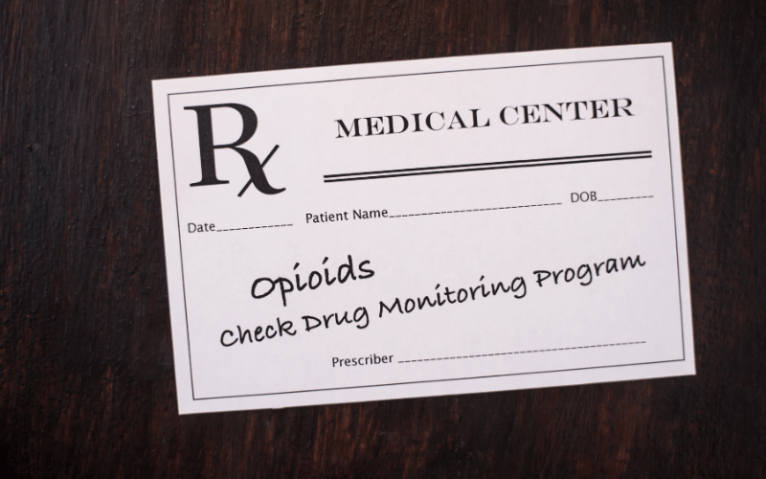In the fight against prescription drug addiction, various states are looking into prescription drug monitoring programs (PDMP) to control the epidemic. So far, these seem to be promising state-level interventions that can improve opioid prescribing, clinical practice, and protect patients at risk of addiction. Although findings remain mixed, those who support PDMPs believe that they can help decrease addiction numbers over time.
What is Prescription Drug Monitoring?
A prescription drug monitoring program (PDMP) is an electronic database that helps track controlled substance prescriptions in a state. For example, Florida would be able to track opioid prescription history for a specific individual. The goal is to provide health authorities information about prescribing and patient behaviors that might contribute to addiction.
- PDMP can help healthcare providers check a patient’s previous behavior with prescriptions before prescribing a new medication.
- It gives pharmacists real-time access to PDMP records to log the intervals between prescription refills.
- PDMP can help state health departments understand patients’ and doctors’ behavior to create proactive interventions that prevent control epidemics.
Which States Have Prescription Drug Monitoring
So far, 49 states, the District of Columbia, and Guam have PDMP systems in place. Most states have seen tremendous success in decreasing opioid prescribing and managing the opioid public health crisis. Let’s take a look at some success stories, according to data from the Centers for Disease Control and Prevention (CDC).
Kentucky and Ohio
Both states introduced prescription drug monitoring programs in the early 2010s. In these states, morphine milligram equivalents (MME) per capita decreased by 62% and 85% of counties, respectively, from 2010 to 2015.
Florida
Florida’s state chose to incorporate multiple interventions to target excessive opioid prescribing, including a mandate for PDMP reporting. From 2010 to 2015, amounts of opioids prescribed decreased by 80%. During the same period, Florida saw a tremendous reduction in prescription opioid-related overdose.
Other States
New York saw a 75% result in patients seeing multiple prescribers for the same drugs after implementing the program. A similar story happened in Tennessee, which experienced a 36% decline. Finally, in Oregon, poisoning due to prescription opioid overdose declined 38%, and methadone poisoning death went down by 85%.
Do Prescription Drug Monitoring Programs Work?
If the examples before aren’t proof enough. Multiple studies look into the efficacy of mandatory prescription drug monitoring programs at the state level. Although PDMPs are designed to curb opioid overprescribing, prescriber utilization is low. The median PDMP registration rate among licensed prescribers who issue at least one controlled substance prescription is 35%.
So far, only 22 of the 49 states with PDMPs now legally mandate prescribers to query the system before writing for controlled substances with recognized potential for abuse or dependence.
However, most studies looking into the efficacy of these programs are too small to draw definitive conclusions. Another reason for inconsistent findings may be low and variable prescriber utilization of PDMPs. Prescribers must access PDMP data for the systems to have an appreciable effect.
What’s evident is that states with mandated PDMP programs have seen a decline in opioid prescriptions and overdoses.
What’s Next?
Whether or not we’ll be able to control prescription drug abuse remains to be seen. Drug addiction continues to affect millions of Americans every day. If you or someone you know is struggling with substance abuse, please seek help immediately. At Lighthouse Recovery Institute, we’re always available to discuss treatment programs, therapy options, and help you find the best path to recovery.









